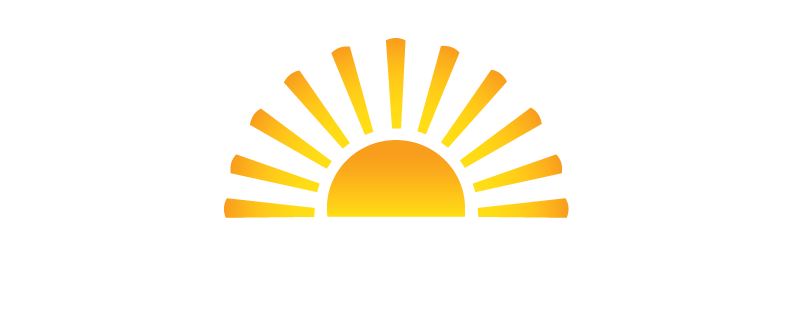Our smartphones and tablets have a lot to offer. Whether we are engaged in texting, emailing, posting to social accounts, or doing research, we end up spending a lot of time on our devices. As miraculous as these mini machines are, too much staring at them can lead to tech neck.
Tech neck describes the position of the head and neck when the device is held at the chest or waist level, eyes focused down at the screen. Tech neck symptoms include pain, soreness, and stiffness of the neck. Over time, tech neck can lead to a variety of health issues including muscle strains, nerve impingement, and disk injury.

What causes tech neck?
How can these small mobile devices cause so much pain? It’s all in how you look at it. Literally. When the head is in a neutral position – when the ears are lined up with the shoulders and the shoulder blades are pulled in, there is relatively little stress on the neck. Dropping your head forward when looking down changes the natural curvature of your neck. This repetitive positioning puts unnecessary strain on your muscles and causes wear on the structure of your neck.
Neck muscles, when aligned in their proper position, are designed to support the weight of your head (about 10 to 12 pounds). Research shows that for every inch you drop your head forward, you double the load on those muscles. Looking down at your smartphone, with your chin to your chest, can add 60 pounds of force on your neck. Over time, that added pressure on your spine can create unnecessary health issues.
Besides muscle pain, tech neck can cause a host of other health concerns. Sitting in a slumped position restricts your lungs’ ability to expand, impairing your lung capacity. Inhaling less oxygen means your heart needs to pump harder to distribute more oxygen-carrying blood through your body.

What are symptoms of tech neck?
Tech neck symptoms include neck pain, numbness and tension in your fingers, headaches and migraines, or pain between your shoulder blades. The more you look down at your device, the more your muscles with tighten up and put pressure on the discs. This makes the discs between your vertebrae wear out faster, and they can even bulge or rupture.
If it gets severe enough, surgery may be required. Posture re-education is an important key to decreasing the incidence of tech neck.

Helpful tips to ward off tech neck
- Make sure whatever device you are using it is at eye level.
- Take several short breaks throughout the day to get up and move around.
- Pay attention to your posture. When sitting, place a towel or soft material between your low back and the chair to help provide lumbar support.
- Make sure that your computer screen is at eye level. Even investing in a transitional, sit-stand desk so you can work from your feet a majority of the day.
- Stretch. Stretching is a great preventative measure that can be done almost anywhere and should be integrated into the day.
- Exercise. Taking short walks or using the stairs instead of the elevator can add some movement to your day and get oxygen flowing.
In today’s world, it’s almost impossible to avoid technological devices. They are useful in many aspects of our day. But, having proper posture while using them and taking frequent breaks will help your back and neck from aches and pains.





